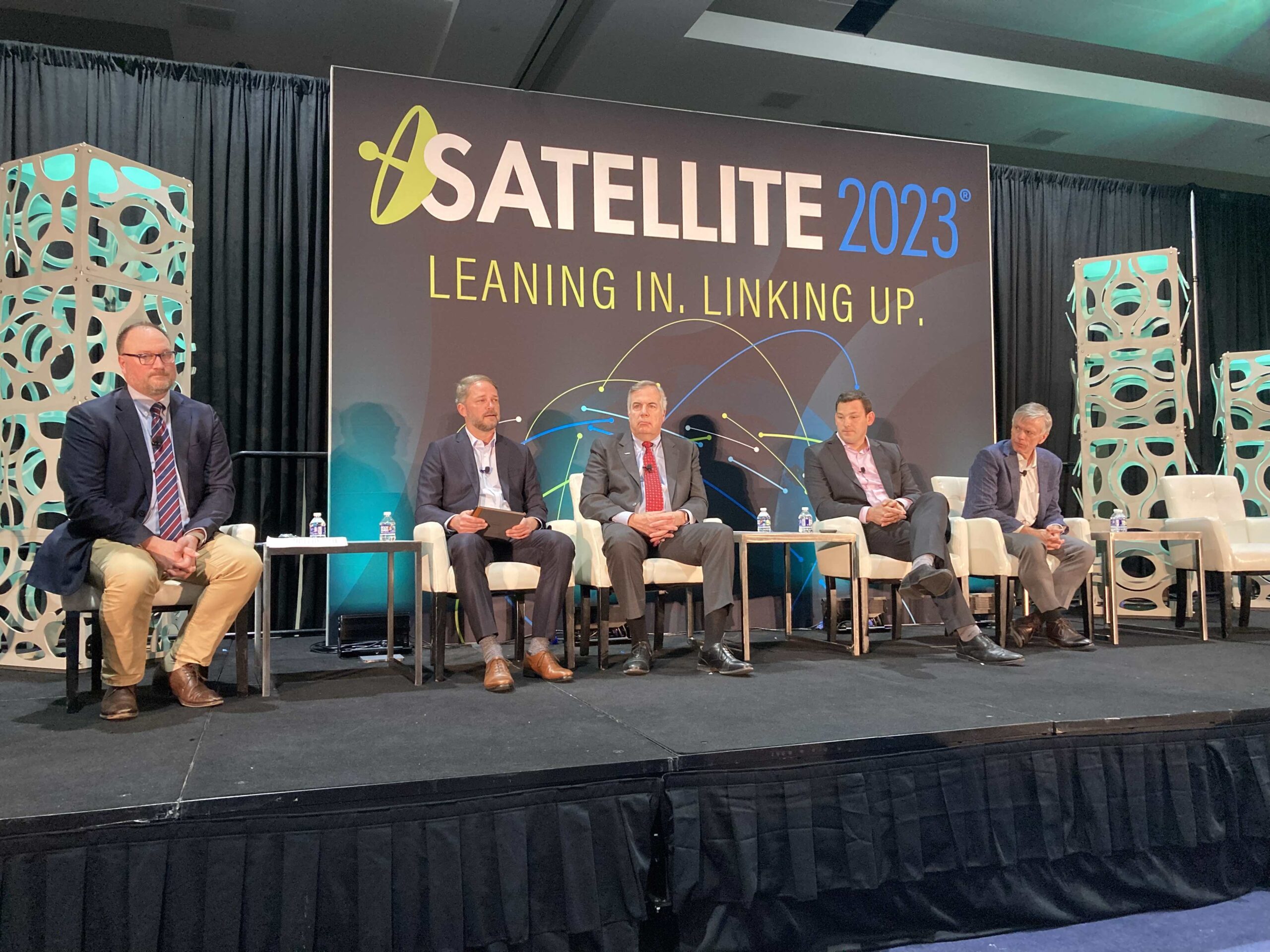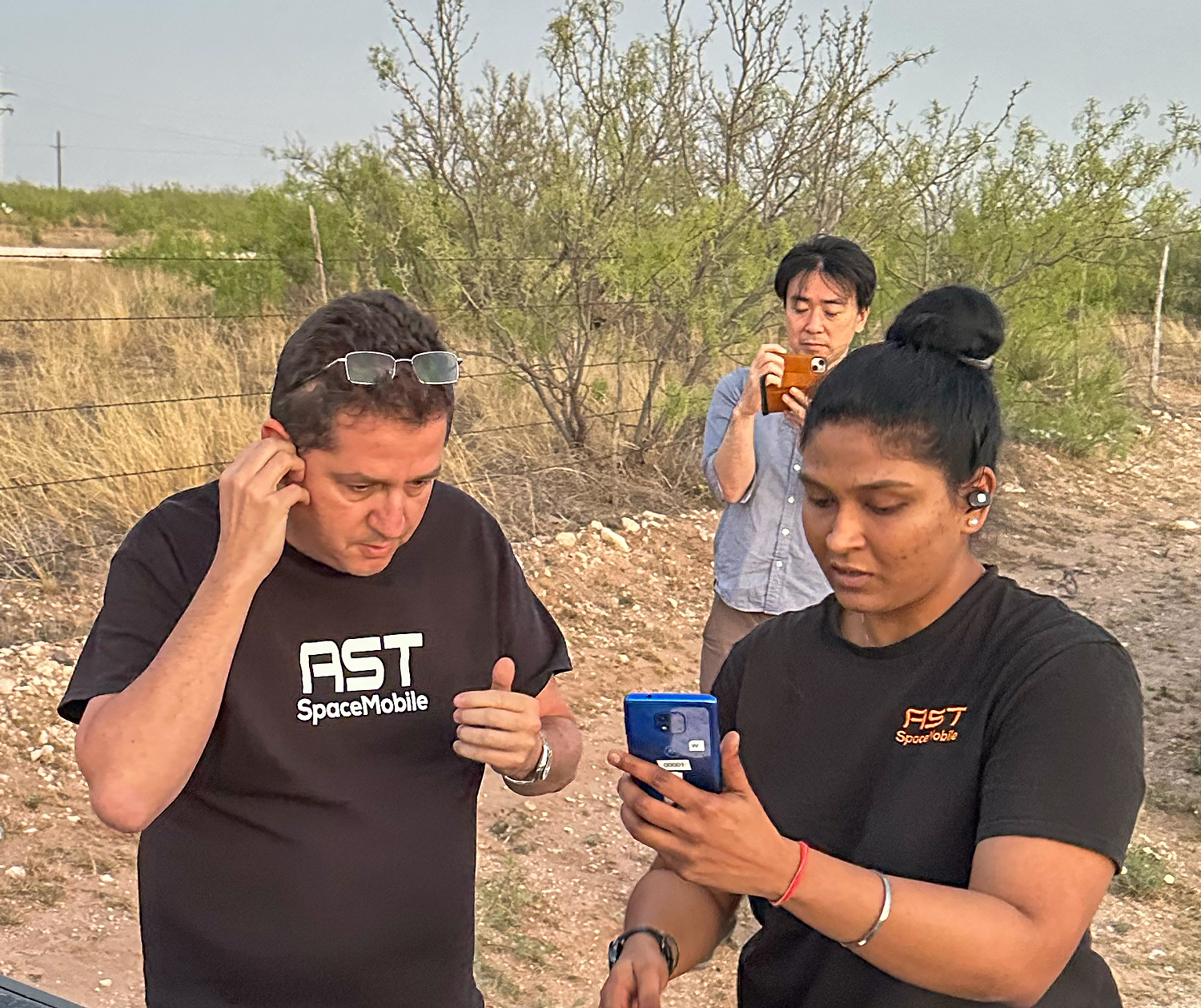We don't have a consolidated place to talk about what's inevitably going to be the next surge in Space, so here it is. I'll summarize/editorialize on state-ish of the union (I'm sure I'm leaving some out):
--On Friday SN put out a generously titled article on Iridium's foray. For sure Iridium's existing network is much more capable than Globalstar's so its kinda reasonable for Desch to say they're not looking at a new constellation but can still provide, and I'll paraphrase here, "More than Apple", but...its still a pretty old school constellation that simply isn't going to move bits as efficiently as something brandy new. Yeah its only ~5 years old and is probably built for ~15, but Space is changing and, as has been made quite clear with the Starlink philosophy, its insane to think you're going to concurrently a) fully amortize a long life satellite and b) provide front-of-the-pack service. Anyway, good to see they're partnering with a phone maker (like Globalstar+Apple), as that's really the best way to get to market right now. Re-use of terrestrial mobile bands might be a viable long term solution, but...physics is real hard. Presumably Iridium's unnamed mobile partner is Samsung--that makes a lot of sense as they're the largest phone builder in the world. (Apple is #2)
--AST and SX/TM are both fixin on brandy new constellations so that's good from the service perspective, but like anyone that's looking to get into this space there's still going to be a bit of a capital and monetization problem. Noting that only a-holes quote themselves on the internet, this person has some good thoughts there.
--Lynk is making a similar "use terrestrial spectrum for DTM" play and, as linked in the above link, actually received FCC approval recently. They're even less well positioned than SX/TM at actually making something happen; its hard to imagine their end game being anything other than being acquired for their priority rights.
--eSAT global has apparently convinced Yahsat that they have something to offer. Yahsat acquired Thuraya (And their frequencies) a few years ago; their products in the MSS space are generally similar to what you can get from Iridium/Inmarsat and are generally pretty conservative relative to bit pushing. Certainly as priority L-band holders Yahsat thinking about how to get into the DTM space; like many CEOs Al Hashemi is super sharp and financially focused so he's not going to throw money at something that doesn't have a high probability ROI.
--Obviously, Apple/Globlastar is doing something with Globalstar's network. Apple put it in their product release in Sept; service is going to go live soon-ish...? Presumably this locks out Globalstar spectrum to other players, save for SX's attempt to steal it...
--We haven't heard much out of Ligado recently (who has some L-band), though I think this article means they're folding and selling off the asset. Not sure they're global and I don't think their filing is for super useful power levels, but that's a pretty valuable piece of real estate in the MSS space all the same.
--Finally, the Viasat purchase of Inmarsat [that's currently getting stuffed by The Brits] is probably going to be a major player in the DTM space one way or the other. Inmarsat is has good priority on global MSS frequencies and Dankberg is a pretty forward looking leader so he's probably going to take a little more risk with the traditionally very conservative Inmarsat spectrum use.
--On Friday SN put out a generously titled article on Iridium's foray. For sure Iridium's existing network is much more capable than Globalstar's so its kinda reasonable for Desch to say they're not looking at a new constellation but can still provide, and I'll paraphrase here, "More than Apple", but...its still a pretty old school constellation that simply isn't going to move bits as efficiently as something brandy new. Yeah its only ~5 years old and is probably built for ~15, but Space is changing and, as has been made quite clear with the Starlink philosophy, its insane to think you're going to concurrently a) fully amortize a long life satellite and b) provide front-of-the-pack service. Anyway, good to see they're partnering with a phone maker (like Globalstar+Apple), as that's really the best way to get to market right now. Re-use of terrestrial mobile bands might be a viable long term solution, but...physics is real hard. Presumably Iridium's unnamed mobile partner is Samsung--that makes a lot of sense as they're the largest phone builder in the world. (Apple is #2)
--AST and SX/TM are both fixin on brandy new constellations so that's good from the service perspective, but like anyone that's looking to get into this space there's still going to be a bit of a capital and monetization problem. Noting that only a-holes quote themselves on the internet, this person has some good thoughts there.
--Lynk is making a similar "use terrestrial spectrum for DTM" play and, as linked in the above link, actually received FCC approval recently. They're even less well positioned than SX/TM at actually making something happen; its hard to imagine their end game being anything other than being acquired for their priority rights.
--eSAT global has apparently convinced Yahsat that they have something to offer. Yahsat acquired Thuraya (And their frequencies) a few years ago; their products in the MSS space are generally similar to what you can get from Iridium/Inmarsat and are generally pretty conservative relative to bit pushing. Certainly as priority L-band holders Yahsat thinking about how to get into the DTM space; like many CEOs Al Hashemi is super sharp and financially focused so he's not going to throw money at something that doesn't have a high probability ROI.
--Obviously, Apple/Globlastar is doing something with Globalstar's network. Apple put it in their product release in Sept; service is going to go live soon-ish...? Presumably this locks out Globalstar spectrum to other players, save for SX's attempt to steal it...
--We haven't heard much out of Ligado recently (who has some L-band), though I think this article means they're folding and selling off the asset. Not sure they're global and I don't think their filing is for super useful power levels, but that's a pretty valuable piece of real estate in the MSS space all the same.
--Finally, the Viasat purchase of Inmarsat [that's currently getting stuffed by The Brits] is probably going to be a major player in the DTM space one way or the other. Inmarsat is has good priority on global MSS frequencies and Dankberg is a pretty forward looking leader so he's probably going to take a little more risk with the traditionally very conservative Inmarsat spectrum use.





